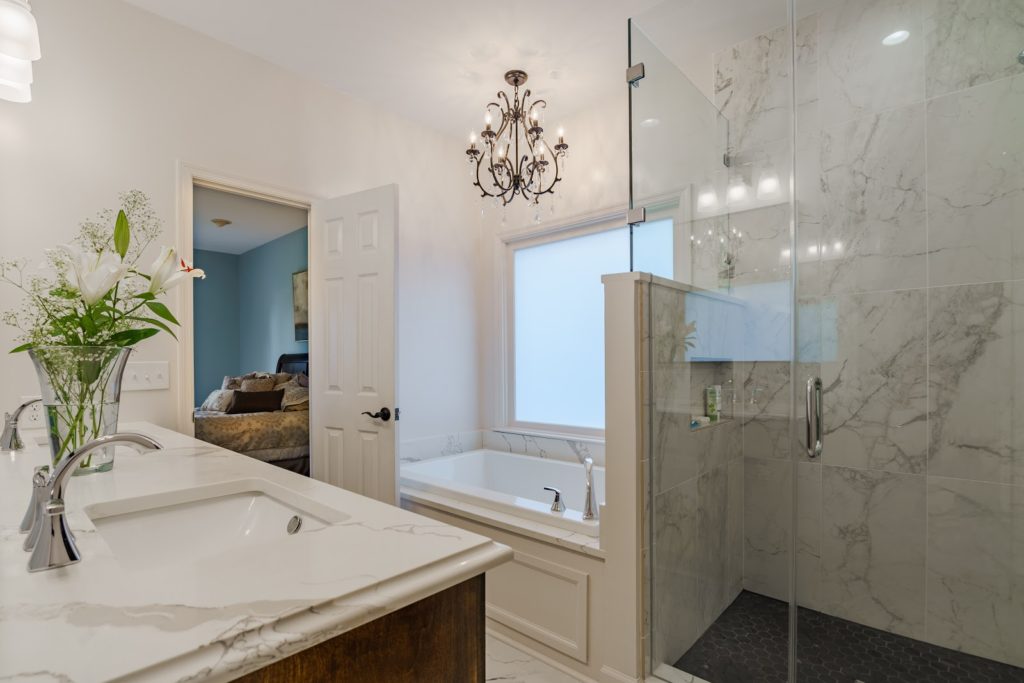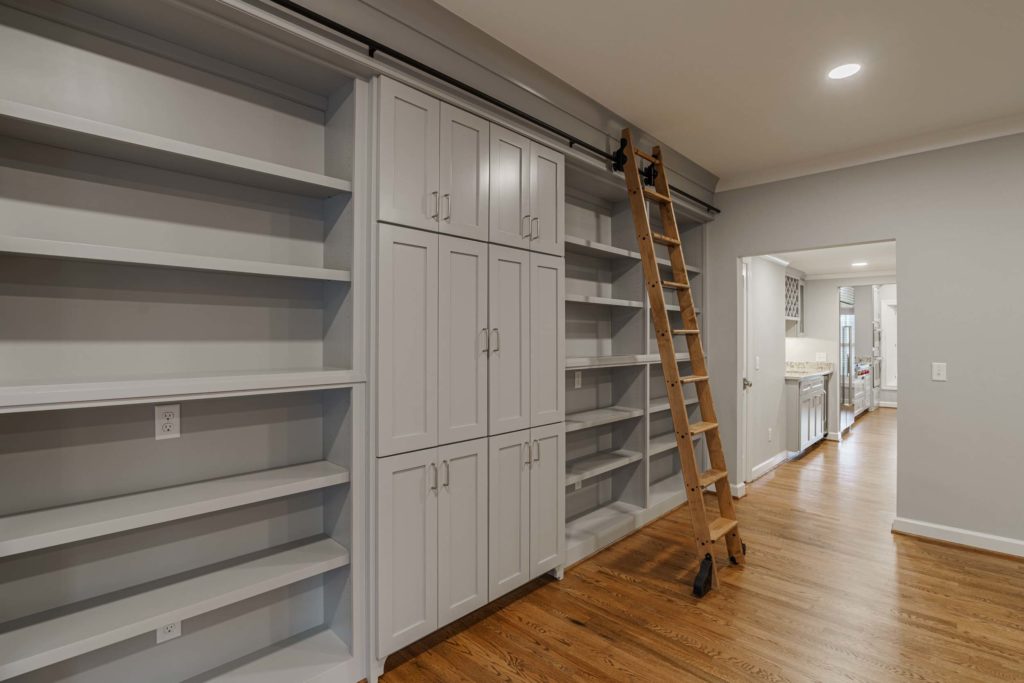Becky and Rick had wanted to remodel their kitchen, living room, and master bathroom for eons. The new kitchen and pantry would take up the old dining room, eat-in-kitchen, and an old hallway. They weren’t totally sure what all could be done realistically, so they were excited to assemble a team to help them find and accomplish their vision.
They looked for the finest architects, drafters, interior decorators, interior designer, and contractors to handle the actual build. Opting for only professionals with the most stellar resumes, reputations, and references, they hired their dream team.
Becky and Rick met with each professional individually over several months. Six months later—after all the designs and drafting had been done—the contractor, interior designer, and interior decorator had frequent conflicts. No one seemed to take responsibility for getting things done well. Each blamed the other for dropping the ball.
What happened? What could Becky and Rick have done differently to promote more teamwork and harmony?
Why might there be tension between designers and contractors on a remodeling project?
Unfortunately, group projects can breed dissension. Remember how you didn’t like working in groups in high school? Working with others can be challenging. Yes, even for professionals.
When there is more than one person involved, there are bound to be differences of opinion. Heck, sometimes there are differences of opinion when there is only one person making decisions on a remodel project! But the bigger the group, the greater the potential for different expectations and viewpoints to cause problems.
Each person brings their own perspective, priorities, personalities, and experience into the mix. That is a good thing you can harness to make the project better—if you manage it properly.

How can I help prevent tension with the remodeling team and keep them productive and efficient?
The key to preventing as much tension as possible is to start early with a thorough plan as a team.
If possible, hire people who like each other and have experience working together.
If they already know each other’s styles and strengths, they have likely already learned how to pull together to give feedback, suggestions, ideas, and handle problems.
Get the entire team together before the construction project begins.
Meet with everyone for them to set up stringent guidelines as to who is responsible for each part of the project. When people talk through expectations and hammer out a plan as a team initially, things invariably are better down the road.
The contractor, architect, design firm, and decorators should discuss how they will avoid pitfalls, handle disagreements, coordinate a schedule, and assign responsibilities. At this meeting, establish independent checks and balances to reduce errors and prevent finger-pointing during the building project.
Ask the interior decorator to bring up any different home remodeling ideas to the team—that may alter the architect’s or interior designer’s structural design—before anything is built or ordered. This collaboration allows for the most aesthetically pleasing, cohesive, and functional end product.
The project’s general contractor can ensure the plan will meet any building codes the state requires and that the designer’s plans are realistic. The entire team can problem-solve from the outset to prevent misunderstandings and to reduce potential change orders.

Assign specific responsibilities according to each person’s strengths, expertise, and experience.
Everyone must understand who is responsible for what. Murkiness in this area breeds resentment and conflict. Decide who will choose and purchase each product, who will coordinate delivery for each shipment, and who will be responsible for the installation of each item purchased.
Also, be sure everyone agrees on who is ultimately responsible for the quality of work done on each portion of the build ahead of time. Then each professional can respect the other’s boundaries and assignments, avoiding the ruffling of many feathers.
For example, the team may decide the general contractor oversees and hires subcontractors. You may decide to assign the contractor to be the project manager, or you may decide to give that position to your interior designer, depending on the situation and the working relationship.
The team may agree that the interior decorator will handle ordering fabric swatches, paint chips, home decor items, lighting fixtures, and furniture. Perhaps the decorator will ensure that all of their particular deliveries are accounted for and accurate.
Maybe the general contractor will be responsible for ordering all building supplies and materials for the jobs he is managing like flooring, lumber, cabinetry, countertops, paint supplies, and hardware.
Schedule regular team meetings throughout the remodeling project.
Preferably, the interior designer, interior decorator, and contractor will schedule to meet once per week to catch everyone up on how things are going and to troubleshoot any problems quickly before they become major issues.
Some home improvement teams coordinate their communication through an app on their phones or through email or a spreadsheet. Then each team member can see what is happening and ensure proper execution of each task.
Make change requests in writing.
Everyone on the team must see the change request and sign off. This prevents people from not seeing the order and making mistakes. The contractor and/or interior designers can then make the change and bill you for the extra work.

How do I defuse tension and conflict between designers, contractors, and decorators if it flares up?
Hopefully, if you did the necessary preparation to prevent tension, this won’t be a significant issue. But if tempers do rise, at times, here are a few pro-tips for healthy leadership.
Provide a moment for everyone to calm down.
We want cooler heads to prevail. Forcing people into a confrontation when they are visibly upset and not thinking clearly may not result in a harmonious and productive solution.
Promote listening and understanding on all sides.
Encourage everyone to seek to listen and understand where the problem occurred and to brainstorm productive solutions. Everyone likely has a valuable and unique perspective. Give each person a chance to share insights and feedback.
Avoid playing the blame game.
No person is perfect. People may make a mistake. Sometimes, mishaps are out of people’s control. Perhaps there is an underlying reason for the mistake that needs correcting in the team structure or organization. Casting blame, though quite tempting, isn’t very helpful.
Once something has gone wrong, focus on correcting it and preventing future mistakes by setting a plan in place to improve quality control going forward.
Look at the original contract and preliminary meeting agreement.
Often, the solution to the conflict is already in place, reducing the drama immediately.
If someone makes a mistake, discuss it privately with the person who is responsible.
“Dressing down” one professional in front of other team members or subcontractors does not generally promote goodwill and unity. Allow the person to address and correct the mistake in private first.
Discuss the facts calmly and try to leave emotion out of the conversation.
If you need to get some anger out of your system, try talking with your spouse first or a close friend who has experience with renovations or home building. They may help you vent, if you need that, and be a helpful sounding board, providing a different perspective.
Then you can go into your conversation with your remodeling team ready to treat these professionals with dignity and respect. Your professionalism and calm demeanor can go a long way to promoting unity, understanding, and defusing conflict quickly. Then everyone can get back on track with the real goal, finishing your house renovation with quality work and timeliness.
Many remodeling mistakes are avoidable.
With the right team and right plan, you can often prevent most of the unfortunate mistakes that often occur during home remodeling jobs.
You know what would really make your life easier? Hire a design team that can handle all the project management for you and help you avoid team conflicts, delays, and mistakes. Someone like us!

Let Phase One manage your remodeling team (including designers and contractors) for ultimate peace of mind for you and a successful project.
Phase One has the experience and expertise to ensure that your home remodeling team functions well together. This is part of our niche. We can act as the project manager, coordinating organizational structure and responsibilities seamlessly.
Let us be the referee and project manager so you can sleep peacefully at night during the building process. We make the process of remodeling your home smooth and easy so you can get to the good stuff—enjoying your new dream home—a lot faster and without all the hassles.








